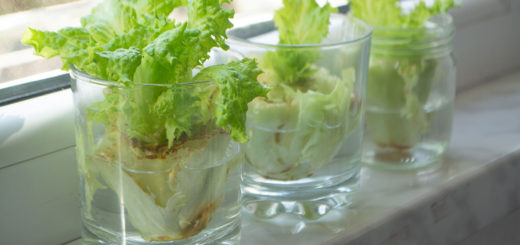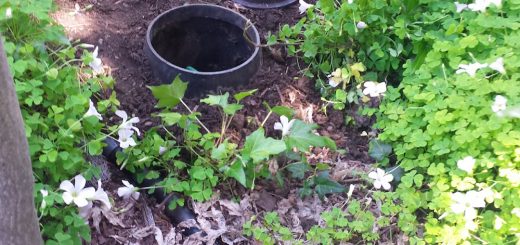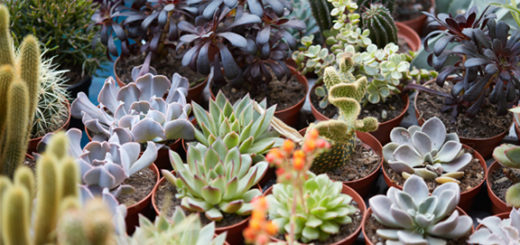Vertical Gardening
Vertical gardening offers gardeners with limited space opportunities for every gardening type. Also growing plants on trellises and garden arbors can help add shade to your yard to help cool off your landscaping and your home and fences offer the perfect support for climbing plants
Vertical gardening can allow you to work standing up, so you can save your back a lot of wear and tear. Hanging baskets and grow bags are a great way to grow both flowers and vegetables in a small vertical space. These items are very popular with older gardeners who may find it difficult to stoop to work on their plants. Additionally, growing plants in this manner means fewer problems with pests and diseases. Keeping your vegetables off the ground will keep them free of soil-borne diseases and many pests can’t reach your plants.
However, even those with extensive amounts of space enjoy the beauty of gardening upward. Extending the garden vertically adds a whole new dimension to the planting area. Vertical gardening provides an attractive way to screen an unwanted view, add interest to blank walls, or to separate the garden into individual compartments.
Vining plants like clematis, honeysuckle, grape, Virginia creeper, and ivies are natural choices for elevation. Their beauty will cover walls, arbors, and gateways adding visual appeal throughout the changing seasons.
Fences are often treated as merely functional elements. Openwork fences offer more possibilities than solid fences and fences offer the perfect support for many vining plants. In addition to vines, window boxes and containers filled with blooming annuals and perennials add to the vertical landscape. Shelves mounted at various levels on blank walls make excellent sites for plant- filled containers.
Hanging baskets surrounding doors, windows, porches, and balconies are an ideal solution for growing a variety of plants in a small area. Pots of various heights grouped together add vertical appeal as well as making maintenance easier.
Terraces are being used more and more by homeowners whose lots consist of steep sloping areas. They provide level areas of usable planting space. Steps are often needed to make the terraced area accessible. The stairway can be edged informally with creeping groundcovers or with plant-filled containers creating a more visual impact.
When choosing the plants for your area, be sure to consider the maintenance level required by the plant. Some will need annual pruning and maintenance to keep them looking their best. Hedges will need annual pruning as well. Containers will need watering on a daily basis. Some will require even more water as the plant’s root system fills the container and in warm weather. Regular fertilization will be also be necessary to keep them blooming.
Several vegetables can also be grown upward. Pole beans, lima beans, peas, tomatoes, cucumbers, melons, pumpkins, and squash are examples of vegetables that can be grown vertically. Squash, melon, and pumpkin fruit will need some form of support as they develop to prevent them from breaking off. Small-fruited varieties are the best choice for vertical gardens. Cucumbers will develop nice and straight rather than curved. Tomatoes often produce earlier and larger fruits when staked and trained. Another advantage is cleaner fruit.
Using the square trellis shown supports climbing plants and its platforms support annuals. You can also add bird feeders and birdhouses for extra interest.
Try training peas, beans, cucumbers, eggplants, melons, or okra up this structure. You can intersperse decorative plants, such as marigolds, or lower plants, such as strawberries, to make this an interesting and tasty planting. Don’t use treated lumber if you’re growing food.
If you’d rather not feed the birds, or if you’re trying to grow fruits or vegetables that you don’t wish to share with local critters, omit the bird feeder and cover the entire structure with netting if you have any trouble with garden “visitors”.
Vertical Gardening can help you make the most out of a limited garden space!







